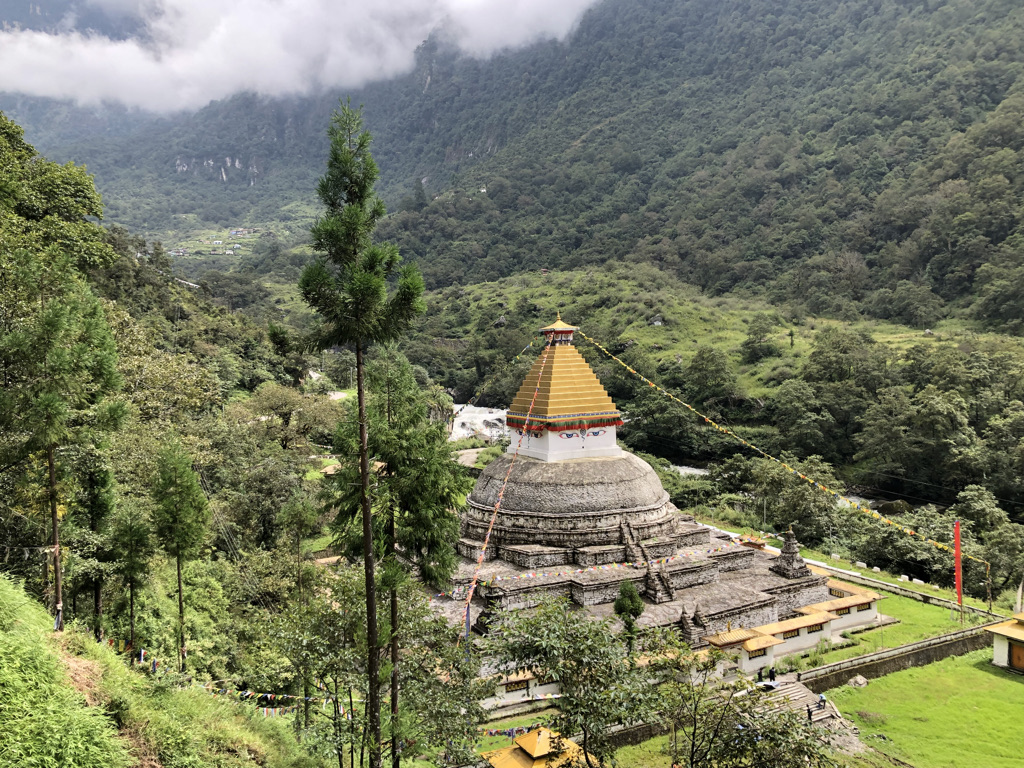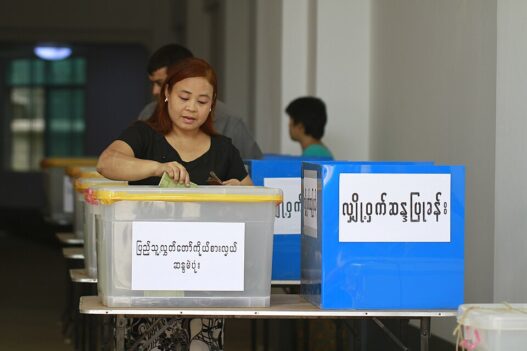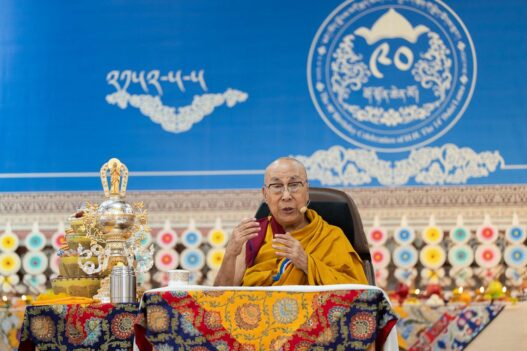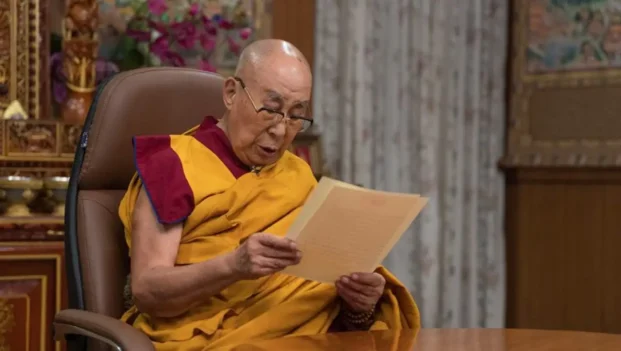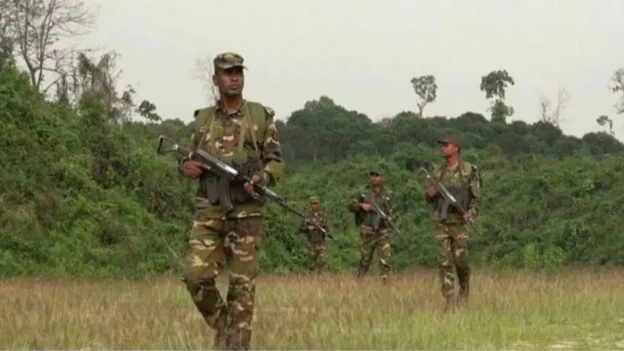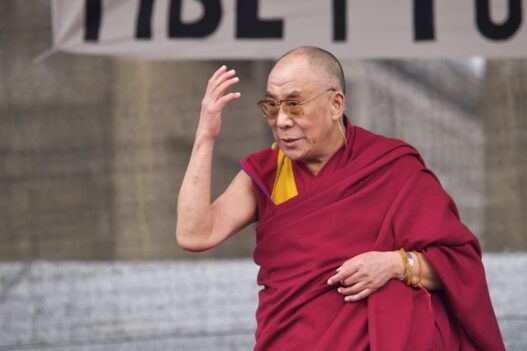Lumla, a town located in western Arunachal Pradesh’s Tawang district, is set to emerge as a significant town of historical reverence and tourism. A place enriched with roots of Tibetan history and spirituality, Lumla holds a trove of cultural treasures and natural wonders. Through the efforts of Arunachal Pradesh government, Lumla’s transformation from a humble waypoint along the Dalai Lama’s escape trail to a tourism destination reflects a narrative of aspirations for the future. The original trail of the Dalai Lama’s escape stretches from Tsona in Tibet to Kehn-De-mani in the Zemithang circle of Tawang, located in Arunachal Pradesh.
Spearheaded by the Public Works Department, this ambitious initiative in Lumla is set to commemorate the journey of the Dalai Lama with the construction of five monoliths. These monumental markers will stand at locations where the escape of His Holiness the 14th Dalai Lama from Lhasa to India in 1959.
The events of March 31, 1959, are etched in Lumla’s history, as the Dalai Lama and his companions were officially received at Khen-Dze-Mani. Lumla, along with the Zemithang circle in Tawang district, served as a sanctuary during the Dalai Lama’s arduous flight. The small gate known as ‘Lhasa Dwar’, where His Holiness crossed into Indian territory, remains a reminder of this historic event. Adjacent to it stands the revered ‘Holy Tree’, said to have sprouted from a staff planted by the Dalai Lama. Nearby, the Gorsam Chorten stands tall as one of the largest stupas in the region, offering a glimpse into Lumla’s rich Buddhist heritage.
Founded by the Monpa monk Lama Pradhar in the 12th century, Gorsam Chorten stands as a legacy of Buddhism in the region and it is said that the Dalai Lama sought refuge within the sanctum of Gorsam Chorten, thereby immortalising its significance in Tibetan history. With plans underway to develop the region into an adventure tourism hub. Efforts include festivals celebrating the local wildlife and the ongoing development of infrastructure to accommodate visitors.
Journey of transformation:
As part of the Centre’s vibrant village program, Zemithang is being groomed into a thriving village destination, poised to attract visitors from far and wide. The development of two gompas at Thonglek and Lumla, along with the forthcoming museum showcasing artifacts related to the Dalai Lama, symbolizes Lumla’s transition into a cultural epicenter.
Read also: A gem at the back of beyond: Zemithang
In a bid to amplify Lumla’s allure on the tourism spectrum, plans are underway for the construction of a monumental 113 feet Maitreya Buddha statue at Buri, along the Indo-Bhutan border, under the aegis of the Swadesh Darshan scheme. Additionally, efforts to preserve Lumla’s ecological sanctity, including the protection of black-necked cranes and red pandas, also reflect a balance between conservation and tourism.
Adding to the allure of this trail is the Gorsam Kora Festival, held annually in mid-March, spotlighting the rich cultural history of Northeastern India. Meanwhile, the Zemithang enclave which is under the Centre’s Vibrant Village Programme aims to transform Zemithang into a center of spirituality and culture.
Read also: Zemithang, The Last Circle Of Tawang Towards The India-China Border

